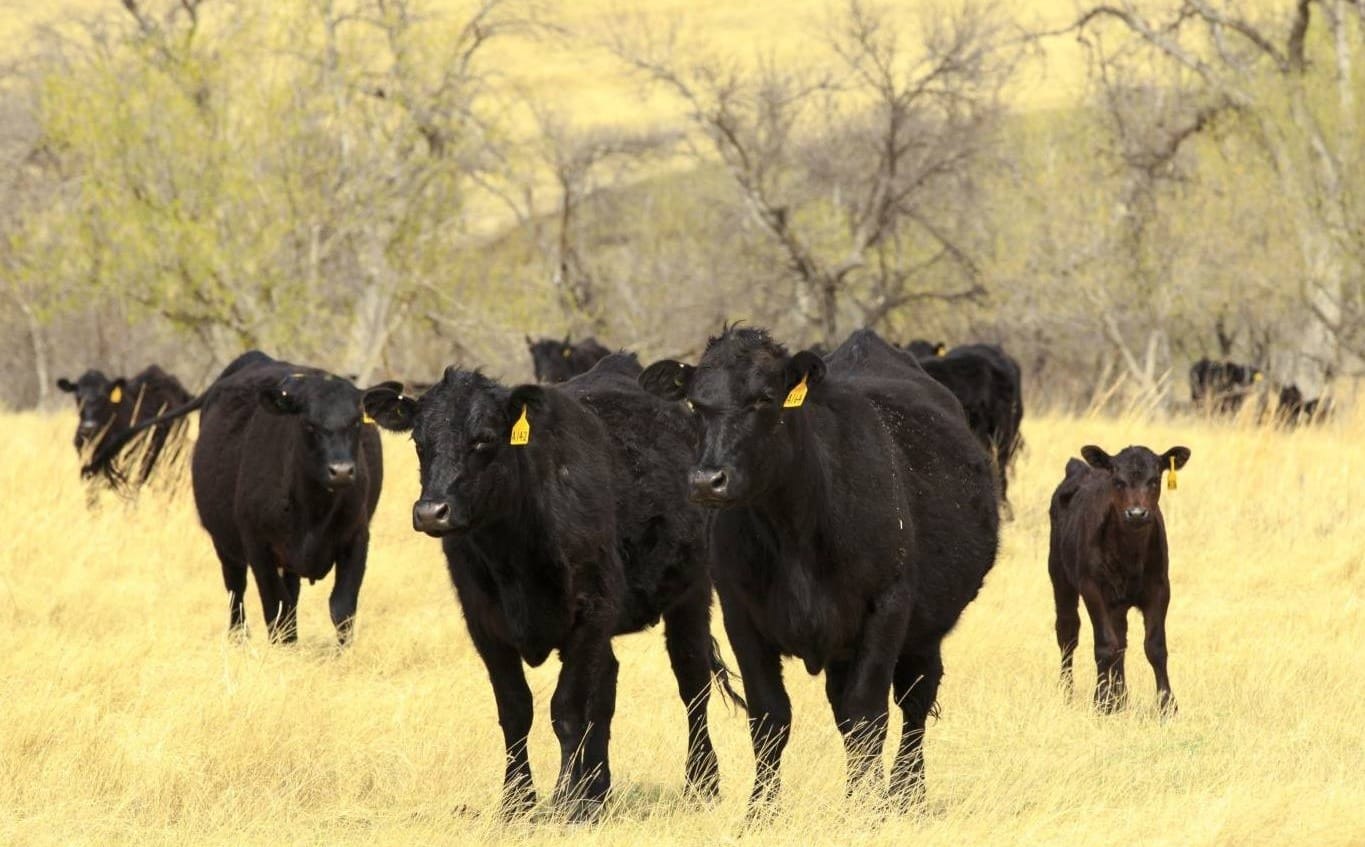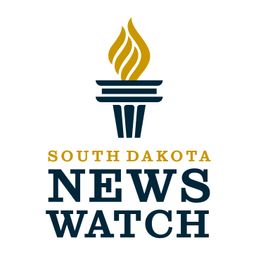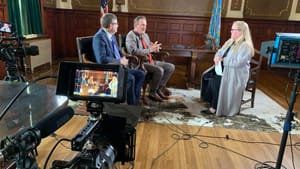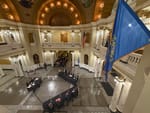BROOKINGS, S.D. – South Dakota State University lost an $86 million livestock research grant as part of recent federal spending cuts, making South Dakota the state with the highest per-student loss of research grants, the Center for American Progress reported.
However, without that grant, the overall impacts of the Trump administration's cuts to higher education in South Dakota are relatively minimal.
The state's high average loss can be attributed to relatively low numbers of undergraduate and graduate students in South Dakota as well as the one large grant rescinded earlier this year.
The other South Dakota schools that had research funding cut include the University of South Dakota in Vermillion, South Dakota School of Mines and Technology in Rapid City and Oglala Lakota College in Kyle. Combined, they lost around $1.6 million in unused funds, according to the report.
More than $1,700 per student, which includes the SDSU grant, was "targeted for termination" by the Trump administration in South Dakota, according to the report.
"Targeted for termination" means grants the administration intends to terminate, said Greta Bedekovics, co-author of the article and associate director of democracy policy at the Center for American Progress, a policy institute focused on conservation.
The list of grants was compiled by cross-referencing lists of cancelled or rescinded grants from doge.gov, a spreadsheet of canceled grants from the U.S. Health and Human Services and the U.S. Treasury Department's usaspending.gov, Bedekovics said.
Join other South Dakotans and support statewide storytelling.
Daniel Scholl, vice president of research and economic development at SDSU, told News Watch the research funding situation is ever-changing, and exact impacts are unknown as the federal government prepares the 2026 budget.
"There are a lot of different ways it could shake out, so the pathway is not clear," he said.
"The things that are going on in the federal events are how to handle changes in the current fiscal year's budget. That affects what's available to us to support students and to carry out research," Scholl said. "Secondly, what are they going to do with the FY26 budget? It all reduces to those two things."
Here are the specific cuts:
- South Dakota State University: An $86 million U.S. Department of Agriculture grant that aimed to support beef and bison producers in grazing techniques to have a positive environmental impact. Around $17.5 million was already spent but $68.5 million was unused.
- University of South Dakota: A $150,000 National Endowment for the Humanities grant to use artificial intelligence to create tags for digitized cultural heritage materials at USD. Around $106,000 was unused.
- South Dakota School of Mines and Technology: SDSMT had four grants that were terminated: One nearly $1 million National Science Foundation grant, which had $188,987 unused; a $1.25 million grant from the South Dakota Health and Human Services Center for Disease Control that had $1 million in unused funds; and two Institute of Museum and Library Services grants totaling $267,099, with more than $104,000 unused funds.
- Oglala Lakota College: A $205,000 grant from the National Endowment for the Humanities that would have gone to cataloging and digitizing interviews with Lakota elders from four reservations. Over $201,000 was unused.
SDSU project would have supported beef, bison producers
The U.S. Department of Agriculture gave $2.8 billion to fund 70 projects for the climate-smart commodities initiative grant in 2023. The Center of Excellence in Bison Studies at SDSU's West River Research and Extension facility in Rapid City received $86 million, one of the largest sums of money that was given in the initiative.
The SDSU project was intended to support beef and bison producers in grazing and land management strategies, said Kristi Cammack, director of SDSU West River Research and Extension.
Much of the work from that grant has stopped, Scholl said.
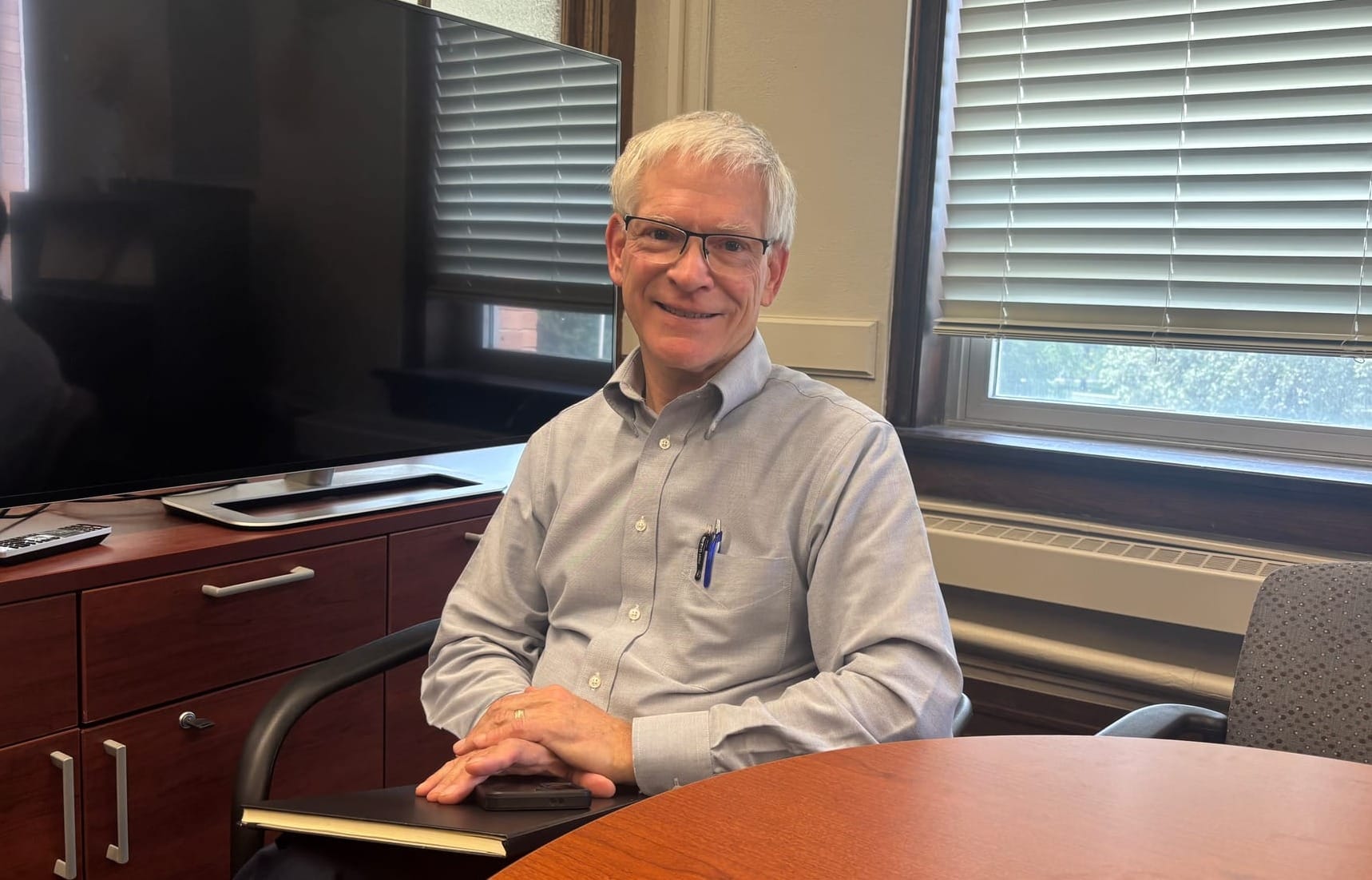
"It has impacted people's plans for their research education in one way or another. And that's important, even if someone hasn't lost their job, but they've had to experience a change," Scholl said. "Even if it was an opportunity for them to shift their direction and shift gears, it's still disruption. And I think that's the important point. It's been disruptive to some people's career preparation and career growth."
Neither Scholl nor Cammack could comment on the direct impacts that losing the grant had on staffing.
Regents: 'Difficult financial times'
More than $100 million of the Board of Regent's $911 million budget comes from the federal government.
At the July 17 Board of Regents (BOR) meeting at SDSU, Heather Forney, BOR vice president of finance and administration, and the six public university presidents laid out their fiscal year 2027 requests. They asked for a nearly $32 million increase of their base budget that starts in July 2026.
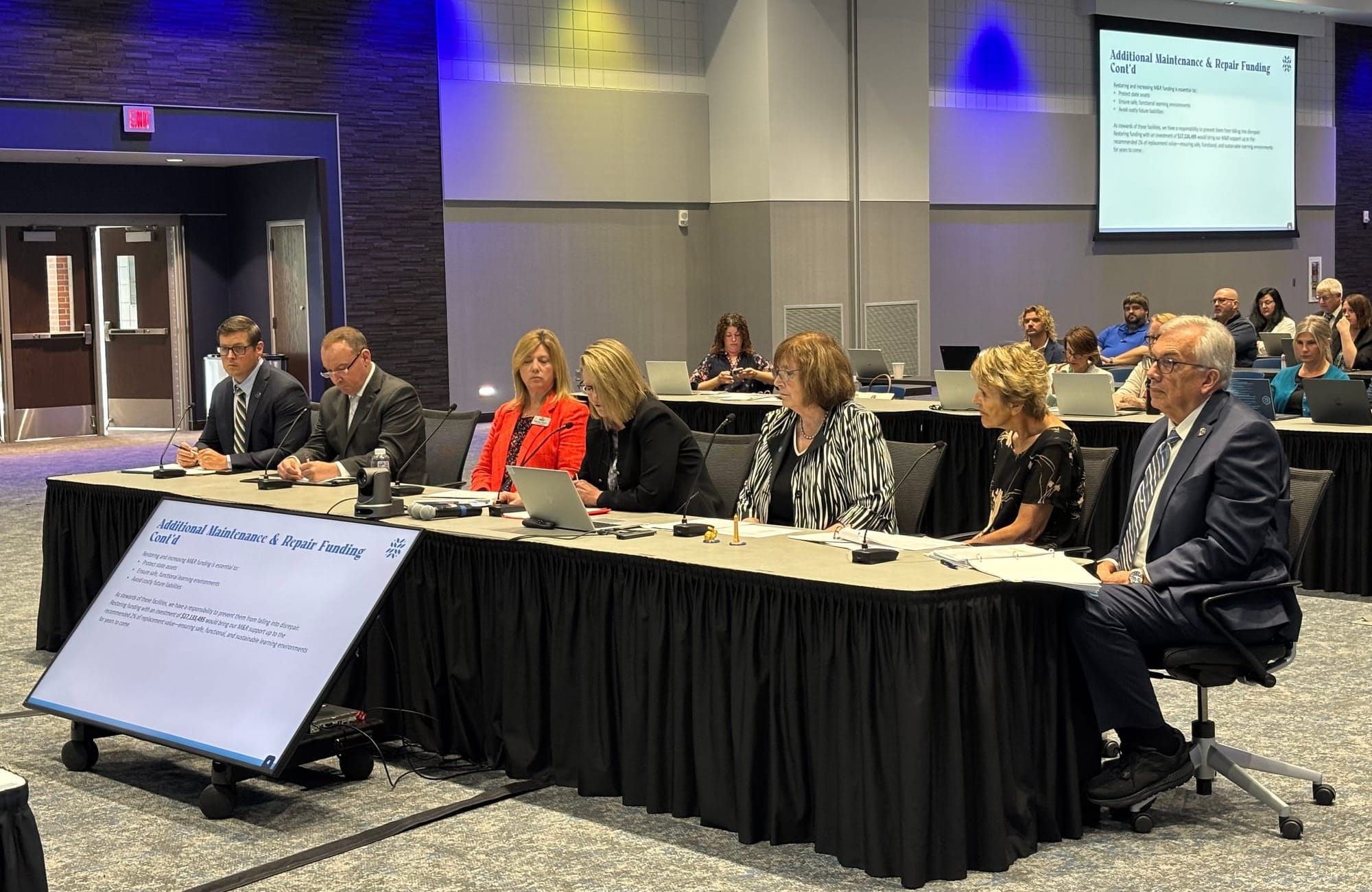
"We are very aware of the fiscal restraints that the state of South Dakota will be facing in fiscal year 27 and trying to be very conscious of that," Forney said at the meeting.
In anticipation of an unsure year of funding, the regental schools put together a concentrated request. No additional money for capital projects was requested for FY27.
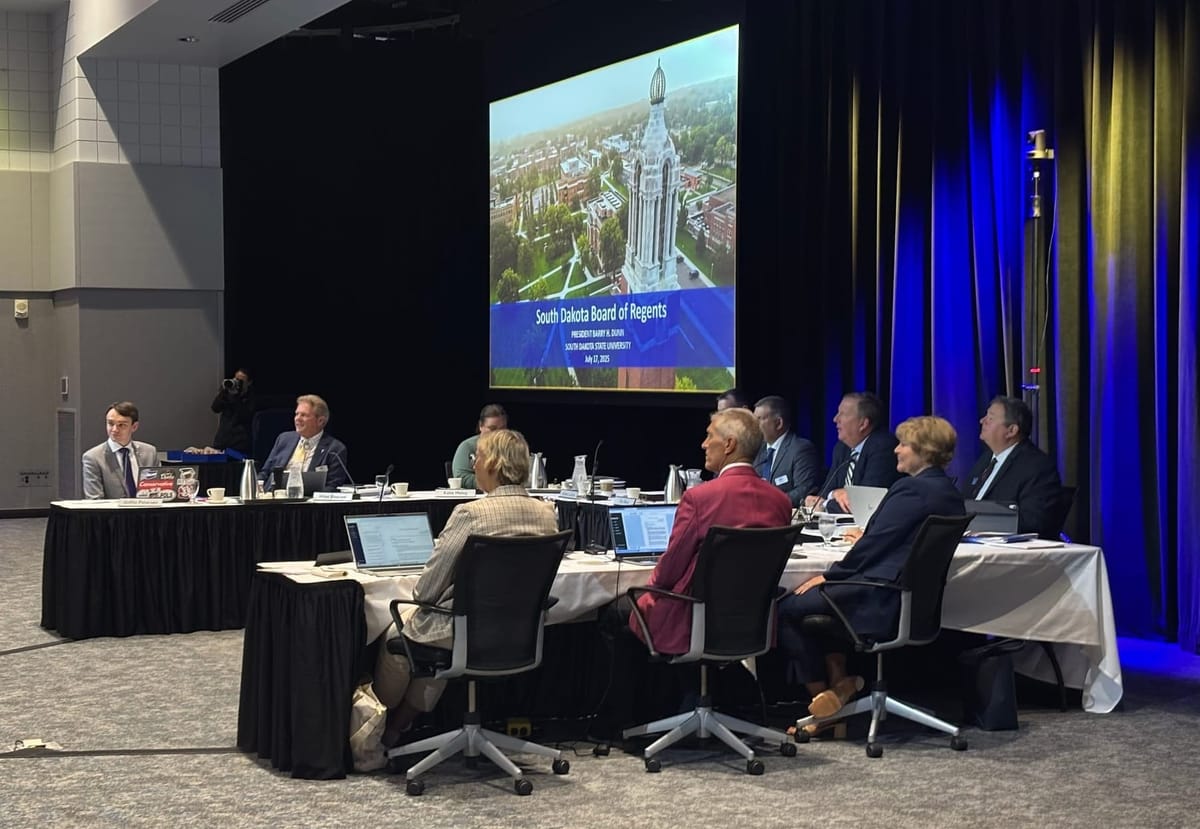
The president of the South Dakota Board of Regents, Tim Rave, acknowledged the precarious state of funding in the July meeting as well.
"We are going to have some difficult financial times in the state this year, and so I really appreciate the solidarity and one voice to try and push these priorities through," Rave said.
"The revenue forecast for ongoing funding is not looking terribly stellar or positive," said Nathan Lukkes, executive director of the BOR. "There's a lot of great things and ideas on all of our campuses that we wish we had the ability to fund. That's just not realistic, looking at the revenue forecast for the state."
Low endowments could be troublesome
Data from The Associated Press shows the dollar amount of endowments of South Dakota's four-year public, private and tribal schools.
Endowments are meant to last in perpetuity and fund scholarships, support programs or whatever cause the donor delegates the money toward.
Alissa Matt, assistant vice president for marketing and university relations at USD, said universities cannot take restricted funds and spend them "even when faced with fiscal pressures."
"As a fiduciary, the foundation is legally obligated to observe donor intent while administering endowments in partnership with USD," Matt said in an email. "In other words, endowments may not be repurposed, liquidated or 'tapped' in any manner inconsistent with donor intent or applicable legal requirements."
Here are the most recent details available on endowment amounts for South Dakota's public, private and tribal colleges and universities, according to the AP and schools that responded to a News Watch request for updated numbers.
Public
- University of South Dakota, Vermillion: fall 2024 enrollment, 10,619; endowment value as of June 30, $338.6 million; endowment per student, $31,886
- South Dakota State University, Brookings: fall 2023 enrollment, 11,498; endowment value at start of FY2022-23, $215 million; endowment per student, $18,699
- South Dakota School of Mines and Technology, Rapid City: fall 2023 enrollment, 2,158; endowment value at start of FY2022-23, $108 million; endowment per student, $50,046
- Northern State University, Aberdeen: fall 2023 enrollment, 3,521; endowment value at start of FY2022-23, $36 million; endowment per student, $10,302
- Black Hills State University, Spearfish: fall 2025 enrollment, 3,475; endowment value as of FY25, $33 million; endowment per student, $9,490
- Dakota State University, Madison: fall 2023 enrollment, 3,508; endowment value at start of FY2022-23, $17.4 million; endowment per student, $4,972
Private
- Augustana University, Sioux Falls: fall 2023 enrollment, 2,158; endowment value at start of FY2022-23, $108 million; endowment per student, $50,046
- Dakota Wesleyan University, Mitchell: fall 2023 enrollment, 886; endowment value at start of FY2022-23: $38.6 million; endowment per student, $43,581
- University of Sioux Falls, Sioux Falls: fall 2023 enrollment, 1,509; endowment value at start of FY2022-23: $32 million; endowment per student, $21,211
- Mount Marty University, Yankton: fall 2023 enrollment, 1,314; endowment value at start of FY2022-23, $30.8 million; endowment per student, $23,471
Tribal
- Oglala Lakota College, Kyle: fall 2023 enrollment, 1,229; endowment value at start of FY2022-23, $65.6 million; endowment per student, $53,345
- Sinte Gleska University, Mission: fall 2023 enrollment, 683; endowment value at start of FY2022-23, $2.9 million; endowment per student, $4,276
- Sisseton Wahpeton College, Agency Village: fall 2023 enrollment, 215; endowment value at start of FY2022-23, $1 million; endowment per student, $5,072
Scholl said SDSU intends to continue to be a leading-edge research university by continually improving how conducts research and provides students with "superior experiential learning opportunities."
"That's really what it's about. It's another way of teaching," Scholl said. "It's another way of educating and in giving students an opportunity to differentiate themselves in the job market by the kinds of experiences that they have here working with leaders in their fields."
The Associated Press contributed to this story produced by South Dakota News Watch, an independent, nonprofit organization. Read more stories and donate at sdnewswatch.org and sign up for an email to get stories when they're published. Emily DeCock is a student at South Dakota State University in Brookings. She received the 2025 Jeffrey B. Nelson Investigative Journalism Endowed Internship and Chuck Raasch and Sandy Johnson Scholarship from the SDSU Foundation. Contact her at emily.decock@sdnewswatch.org.

